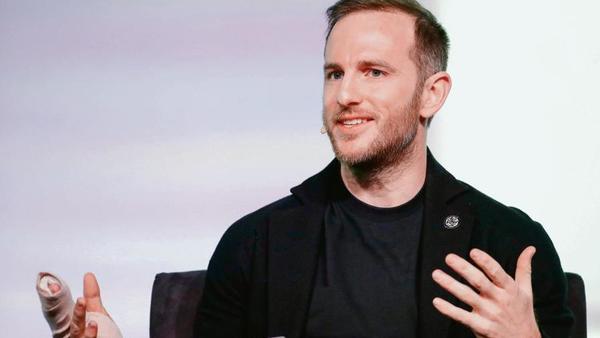
The theme of creativity conjures up images of lone geniuses working in isolation to produce game changing innovations. In today’s digital era characterized by user generated innovation, crowdsourcing and co-creation, this notion of creativity is being turned on its head.
The new notion is that anybody can be creative and there are toolkits and techniques that ordinary people can use to produce extraordinary results. Researchers refer to this as everyday creativity. Everyday creativity is the ability to summon new ideas while going through mundane life experiences. It is something that lets a person see the familiar in the unfamiliar and the unfamiliar in the familiar. To understand the new model of everyday creativity, we first need to explode a few myths.
Myth 1: Creativity is a serendipitous occurrence
A simple Google search on creativity brings to the fore plenty of images of a glowing light bulb. For some reason, we associate creativity with a serendipitous, magical occurrence with distinct on and off states. The surprising truth about creativity, however, is that it is a process, and when applied mindfully can produce consistent results.
Acclaimed design firm IDEO applies Design Thinking as a process to apply creative design to everyday objects ranging from a mundane shopping cart to a toothbrush to Nike sunglasses. Tim Brown, CEO of IDEO, says, “Design thinking is a human-centered approach to innovation that draws from the designer’s toolkit to integrate the needs of people, the possibilities of technology, and the requirements for business success.”
Joe Gebbia, the co-founder of Airbnb, credits the success of the global hospitality service to design thinking. Gebbia, a student of design, recounts his experience from the design school. “If we were working on a medical device, we would go out into the world. We would go talk with all the stakeholders, all the users of that product, doctors, nurses, patients and then we would have that epiphany moment where we would lay down in the bed in the hospital. We’d have the device applied to us, and we would sit there and feel exactly what it felt like to be the patient, and it was in that moment where you start to go aha, that’s really uncomfortable. There’s probably a better way to do this.” This experience encouraged Gebbia to make “being a patient” a core value of the design team at Airbnb.
Myth 2: Creativity is the domain of lone geniuses
For the longest time, researchers have tried to understand the methods of extraordinarily creative individuals such as Mozart, Picasso and Einstein to codify the process of creativity. Could it be possible that studying ordinary people in ordinary situations can contribute significantly to understating creativity? The answer is a resounding yes.
Harvard professor Teresa Amabile says, “We may see a sea change over the next decade or so, where more and more things that are considered creative breakthroughs will be made by people whose names are never going to be known as famous individuals”.
Enabled by the collaborative power of the internet, ordinary people in their workplaces, communities and societies are now able to come together to solve problems and co-create ingenuous ideas. “Be my Eyes” is a fascinating example of this phenomenon wherein blind and low-vision people can connect with sighted volunteers through a live video call to get their problems solved.
Myth 3: R&D teams provide creative solutions
Innovation is no longer just the forte of research and development departments. Employees across levels today are given an opportunity to contribute to ideas and have a say in creating innovative products and services. In fact, companies today are going beyond employees and leveraging talent across the world to solve some of their toughest challenges.
Anheuser-Busch, a leading brewer in the world, sought input from the best group of taste-testers it could find—in excess of 25,000 collaborators in all – before developing a craft-beer. The company created a golden-amber lager named Black Crown through a combination of competition between brew masters, tasting sessions and crowdsourcing consumer ideas.
So far, the narrative around creativity has revolved around the talent meets opportunity story. Today, it is about ordinary people leveraging the community. Let us now focus on how to hone everyday creativity —in other words, develop the ability to unlock creative superpowers at will every day.
Ask yourself what problems you want to solve: If you are passionate about the problem space, chances are you will be motivated to solve it.
Immerse yourself in the problem space: Talk to various people, observe things in their natural environment, seek inputs to develop a strong point of view
Tap into social networks: Any creative process is, by definition, prone to high failure rates. Harness the creativity of individuals in your network to accelerate your learning curve and unlock novel ways of looking at problems. Iterate and test your hypothesis in safe environments to perfect your solution.
To sum up, creativity is not about being artistic, it is about a mindset—one that cares deeply about a problem, seeks solutions from the network to learn rich perspectives and has the perseverance to make a difference.
[“source=livemint”]




